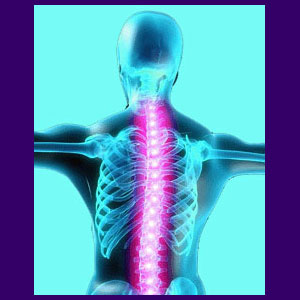
Exercises for back pain typically consist of an organized program of back exercises, combined with stretching and conditioning. Exercise is one of the main methods employed during all types of physical therapy. PT is one of the most commonly used conservative care approaches for a range of dorsopathy issues, including chronic pain management, as well as postoperative and injury rehabilitation applications.
Therapists provide services that help restore function, improve mobility, relieve pain and prevent physical disabilities in patients suffering or recovering from back ache. Appropriate exercise treatment will help to increase the range of motion, flexibility, and strength of the back muscles, as well as improve overall health.
This essay provides some valuable tips of optimizing the effectiveness of exercises for back pain treatment.
PT Exercises for Back Pain
A physical therapist (PT) is a healthcare professional who has completed 6 years of schooling on average and possibly more. Many of today’s therapists continue their education until they earn a Doctorate degree. Physical therapists must pass an exam in order to be licensed and must be licensed in order to practice. Physical therapy assistants (PTA) do not have such an extensive education and help assist the PT in actually working with the patient.
Many patients develop a very close bond with their therapist and trust them deeply. PT work is very hands-on, making it exceptional in the relatively impersonal back pain industry.
Self-Governed Back Pain Exercises
Exercises can be performed by the patient alone and do not need to be part of a systemic program to be effective. In fact, random and variable forms of exercise can be just as rewarding as the most well designed and comprehensive professional programs of physical activity. Exercises can also be performed with the assistance of a qualified fitness trainer.
There are numerous books on back exercises available. Many of these books are written by the very best physical therapists practicing today. The patient must be sure that they know what they are doing, or else they risk making their back pain worse, rather than helping to relieve it. If there is any doubt, it would be wise to consult a therapist or doctor before starting any exercise program.
Exercises for Back Pain Indications
Exercise therapy is a great help for people who have been limited in their physical activity for a long time due to chronic back pain. However, physical therapy or back pain exercises alone typically will not provide a cure. In fact, they are forms of symptomatic treatment in the short term and might even perpetuate certain types of pain conditions in the long run.
Generally, the positive effects of exercise and physical therapy will improve the condition of the back muscles, making them stronger, more flexible and healthier, but will not change the anatomy of the spine. Exercise therapy is a good addition to back care treatment program, but only if there is work being done towards a real cure. If no cure is in sight, exercise therapy joins the long list of endless treatments that generally only succeed in prolonging the painful back problem.
Exercises for Back Pain Help
Remember that exercise increases cellular oxygenation and will relieve the symptoms of ischemia temporarily. Patients accurately diagnosed with structural forms of spinal pain are less likely to enjoy the benefits of exercise as a pain relief modality. However, many patients who do experience exercise benefits are often misdiagnosed. Exercise therapy is great for recovering from a back injury or spinal surgery.
Try not to wind up in a long-term treatment program of physical therapy or any other symptomatic treatment, unless a goal is set and is attainable. While I am a strong advocate of all manner of exercises, I do not see great statistical curative results when these modalities are used specifically to treat back pain. In too many cases, the patient is referred for PT over and over for purely economic gain of the care providers and does not see any tangible or lasting benefits at all. It is time to put an end to this type of callous treatment.
Many patients would be better saving the effort spent performing some of these exercises and concentrating more on learning the facts of why their pain has not resolved. Research your diagnosis and use the knowledge to overcome the pain once and for all. Then and only then can you view exercise in its ideal form… unrestricted and healthy, performed without fear of injury, for the pure joy of it!




